
Just phone home
Since the jazzy heyday of 80s sci-fi movies, we’ve been promised houses that respond to our every whim.
Music following us from room to room, heating that knows how warm you want to be all the time and maybe even a robot butler for good measure. Well, that future has well and truly arrived – apart from cyber-Jeeves, that is.
But rather than a smart house that controls everything centrally, the brains of your home is actually your smartphone.
Whether you have a top-of-the-line Samsung Galaxy S7 or a more modest Honor 5X, there are now ways to control every aspect of your nest from your palm, from how bright your bedroom is to how much energy you use every month.
While the smart home is still something of a mess in terms of security and cross-compatibility, there’s no doubt we’ve come a very long way.
Here are some of the best and coolest ways you can control your home in 2016, whether you’re there or not.
Music that follows you around
When you walk through the front door listening to the most kickass bit of a face-melting guitar solo, you don’t want to take your headphones off and end it.
Thankfully, it’s now easier than ever to throw what you’re listening to from your phone to your home speakers – even if those speakers aren’t internet-enabled.
Most people have heard of Sonos, one of the market-leading connected speaker systems, and they undoubtedly put out beautiful high-quality sound with seamless syncing around the home.
But with speakers starting from £169 ($199, AU$299), it’s an expensive solution – and there are now much cheaper options providing you have some speakers already.
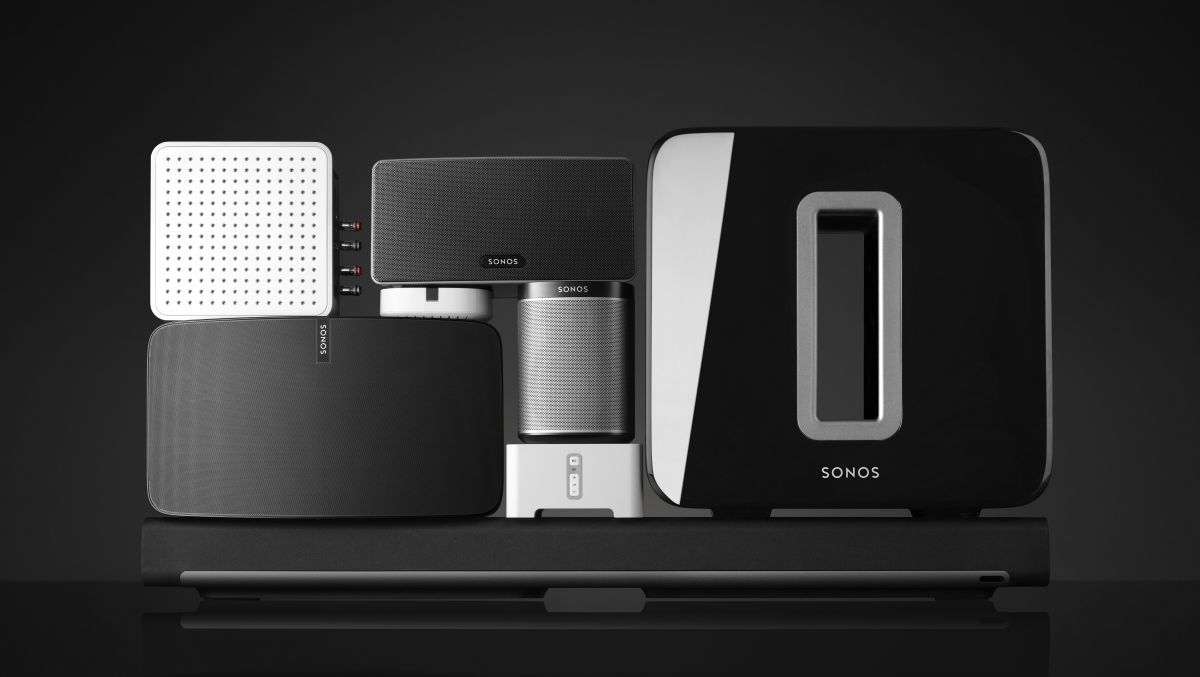
Gramofon is a classy-looking box that connects your speakers to your WiFi for EU59 ($69, about AU$119), and you can link them together to play the same or different music across your house using Qualcomm AllPlay.
Similarly, Google’s Chromecast Audio is a smaller version of the same idea, though it can’t be wired into your home network with ethernet like the Gramofon.
Using a 3.5mm jack (with optical output), it allows you to cast music to your speakers just like you do on the video Chromecast. It supports multi-room, though of course you’ll need extra Chromecasts. At £30 ($35, AU$49), that’s not as big a big deal as with other systems, but if you want true multi-room audio it can get a little pricey.
There’s also the ingenious Vamp, which lets you turn any passive hi-fi speaker into a Bluetooth one – the tiny red box plugs into your normal black and red connections on the back of any speaker and even provides the power. This means you could rescue any ancient working speaker from a skip and make it smart for £49.99 (about $59, AU$78).
Vamp designer Paul Cocksedge told techradar, “I’m particularly worried about electronic waste, and I’ve seen horrendous examples of it. 10,000 speakers a month are sent to one UK recycling centre alone, with many others ending up in landfill or incineration plants.”
Of course, all these connected speaker solutions give rise to endless opportunities for digi-shenanigans… I definitely didn’t connect to my housemate’s speaker and blast Vanilla Ice when she had a guy over.
With great connectivity comes great responsibility.
Appliances that do the hard work for you
We’ve been joking about chatty appliances since Red Dwarf’s Talkie Toaster, but the fact is some pretty cool stuff is happening in the world of the humble kitchen gadget.
British people’s dreams have come true with the iKettle (£99.99, $180, AU$160), a Wi-Fi enabled kettle that you can turn on from your phone. It tells you when the water’s boiled and even keeps it warm until you get there – a godsend for those of us that constantly think “ah crap – I boiled the kettle 15 minutes ago, didn’t I?”.
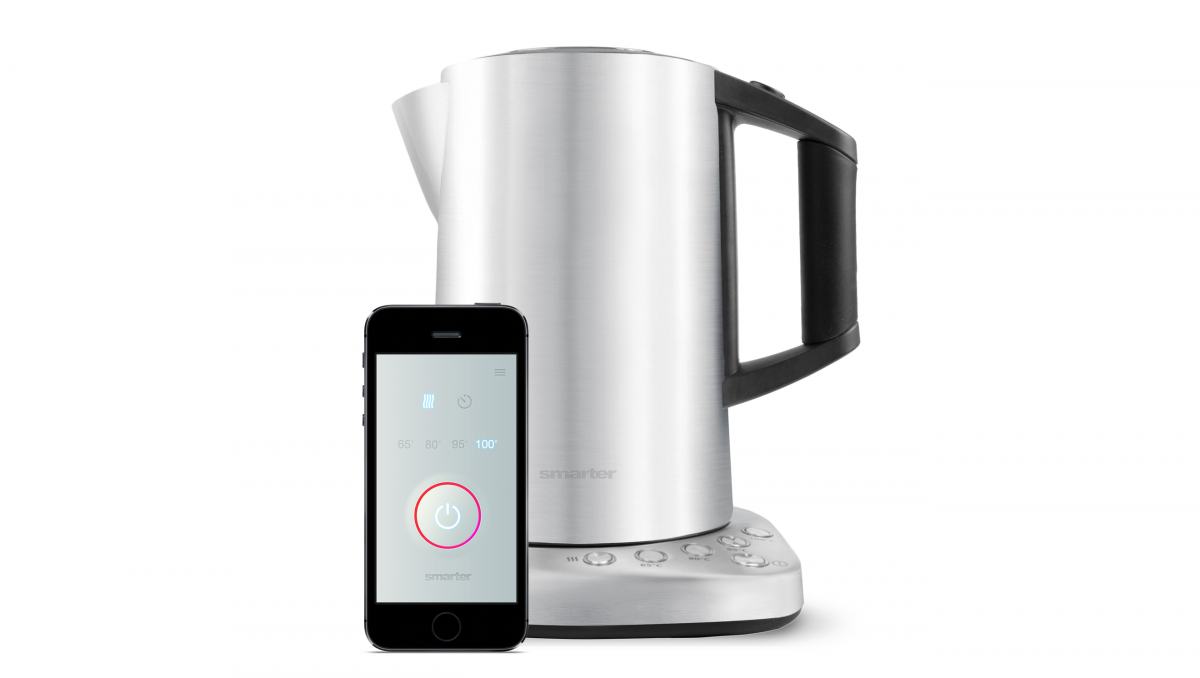
Even more usefully, it can send a message to your phone first thing in the morning or when you arrive home after a long day, asking if you’d like to turn the kettle on so the water will be boiled by the time you make it to the kitchen. The same firm also makes a connected coffee maker if that’s your caffeinated beverage of choice.
Other appliances are seeing similar features added, too. Forgetting to press “go” on the washing machine as you’re heading out the door ceases to be a problem with connected washers, which can be controlled from an app on your phone.
Most manufacturers now offer this, with laundry apps from brands like LG and Samsung even diagnosing technical problems with your machine and telling you how to fix them without calling a repairman.
In fact, everything from your oven to your dishwasher can be controlled from your phone with appliance ranges like Hoover’s Wizard, promoted with the slightly-unnerving slogan “tech that talks.”
Whether you want to ask how much cooking time’s left on your food, get an alert when your chilled drink’s reached ideal temperature or just remotely switch on the cooker hood light (although…why?), it’s all a tap away.
LG’s taken the talking tech trope even further with the slightly-bonkers LG Homechat, which lets you text your appliances.
For all the world resembling a WhatsApp conversation with your fridge, Homechat responds to commands like “monitor all products,” (gives you a status update), “going to bed” (stops music after 10 minutes), and Siri-style “what is this song?” enquiries. It’s as mad as it sounds, but as AI and language processing improve, natural conversation will be the way we interact with everything.

While we’re waiting for robot butlers, we do at least have robot hoovers. Vacuums like Neato’s BotVac can be controlled not only from your phone but from your smartwatch too – Apple or Android. Yes, it’s £549.99 ($799, about AU$1035), but how much would you pay to never hoover again?
Stopping the worries when out and about
We’ve covered turning things on while you’re away from home, but what about forgetting to turn them off? The iron, your hair straighteners, the central heating: all these things and more can be controlled from the cloud.
The Heat Genius system allows you to turn the heating and hot water on and off from a smartphone app, and even lets you control and schedule room heating individually. This way, Bruce Wayne can save on his heating bill by not warming the Batcave when he’s busy in the study.
Similarly, Google has raised temperatures by buying out Nest and offering the Learning Thermostat through the Google Play store, alongside the Nest Cam home security camera and Nest Protect smoke alarm.
As well as working seamlessly with each other, Nest products connect to a range of third-party smart home tech including Philips Hue lights and Whirlpool washers. It’s an Apple-like approach, encouraging people to look out for the “Works With Nest” logo before making a purchase – much like the “Designed for iPhone” badge Apple uses.
The Nest range is facing tough competition from tado, though: a heating system that claims to pay for itself within a year. It uses your smartphone location to automatically turn the heating off when everyone’s left the house then turn it on again when someone comes back.
“The heating and cooling of our homes accounts for almost two thirds of our household energy use,” says tado CEO Christian Deilmann. “Our technology can save users up to 31% a year on their heating use, not to mention the increased comfort it provides.”
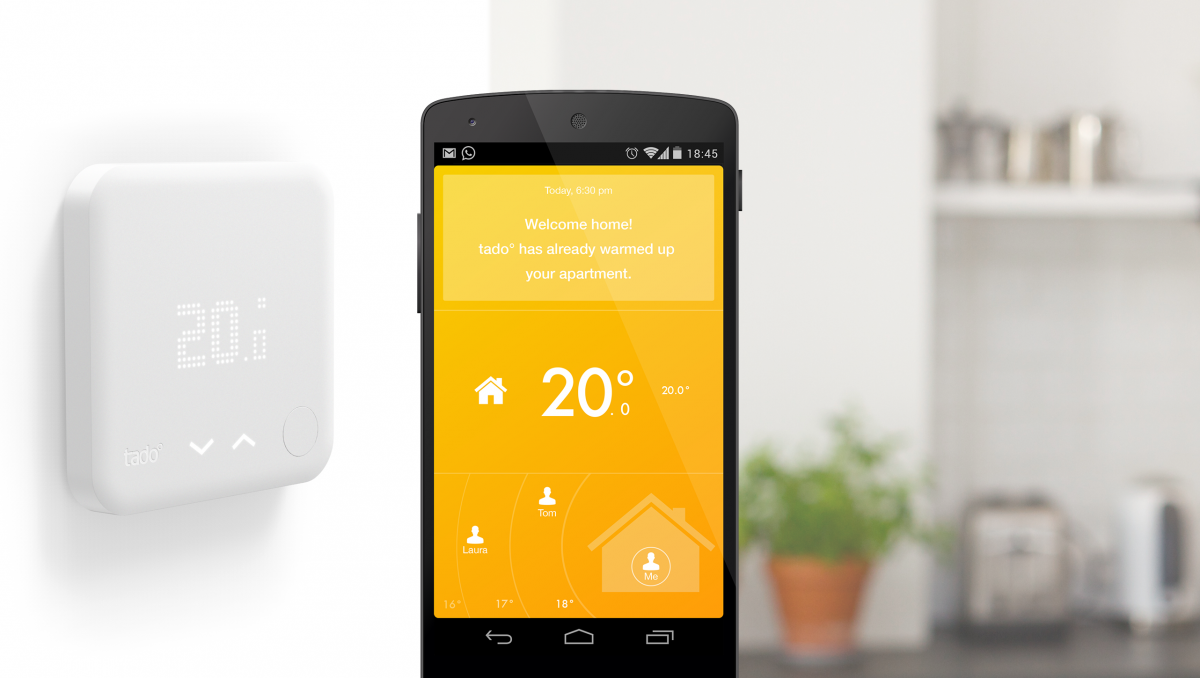
Even British Gas has got in on the action with Hive. As well as the usual remote temperature-adjusting functions, it can do multi-zone adjustments (like Heat Genius) and now works with an array of smart plugs and sensors.
Acting as a hub for your whole home, Hive can control door and window sensors (so you know when one’s been opened), detect motion in the home, and turn appliances on and off using smart plugs.
Smart plugs are the anxious user’s best friend, letting you check something’s switched off when you’re not at home. Hive isn’t the only option, with Belkin’s WeMo and D-Link’s Home Smart making up some of the many branded versions of this handy product.
Costing around £40 each, smart plugs can switch anything on or off from your phone, and many also let you monitor electricity usage and set schedules. You’ll never worry you left the iron on again.
Not burning the house down isn’t the only reason to smarten up your home, though: it’ll also save you money. If smart plugs give you a taste for energy monitoring, you can go a step further with smart meters (available from most energy suppliers) or third party monitoring products like the Loop Energy Saver gas and electricity tracker (£49.99 for both, about $71, AU$94).
The Loop system gives you real-time data in the mobile app, offers energy-saving advice and can even tell you which provider’s tariff would suit you best. You can even switch providers right from the app.
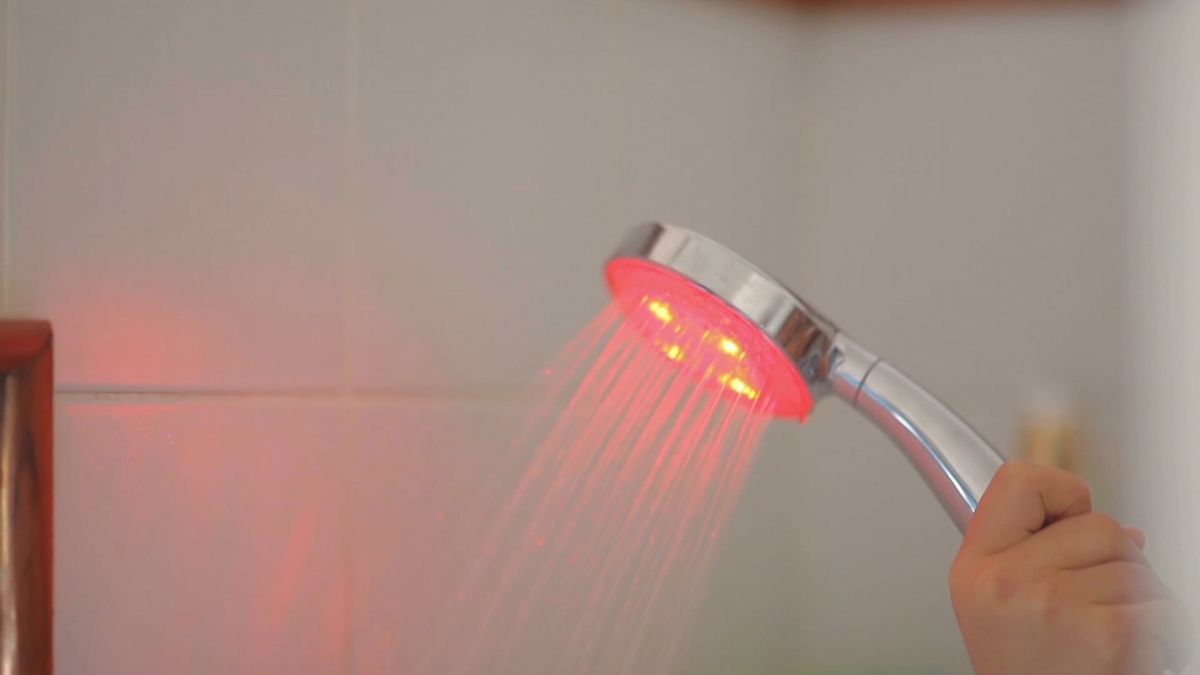
And why stop there? The new connected showerhead from French firm Start & Blue uses Bluetooth to connect to an app that lets you set your ideal shower length. LED lights on the Hydrao Smart Shower then change from green through to amber and red to tell you when you’ve used too much water. Or you could just look at your pruney fingers.
Lights you can dim from your wrist
Once you’ve got the heating just the way you want it, it’s time to turn up the temperature another way: with mood lighting.
Systems like Philips Hue and LIFX have made a huge splash with their smart lightbulbs, which let you turn your lights on or off and change the colour with your phone or tablet.

They’ve also (finally) opened up the API to third-party developers, leading to apps that sync your lighting with the beat of your music or flash when you’ve been tagged in a Facebook photo. Wearables company Misfit has also taken on the smart bulb market with Bolt, a connected bulb that, unlike Hue, doesn’t need a hub.
It can be controlled through your phone or, for extra futurism, by tapping on Misfit’s fitness wristbands like the Flash. Even more impressively, it can collaborate with Misfit’s Beddit sleep monitor to wake you up gently at the right time. It starts from $49.99 (about £35, AU$67) for a bulb.
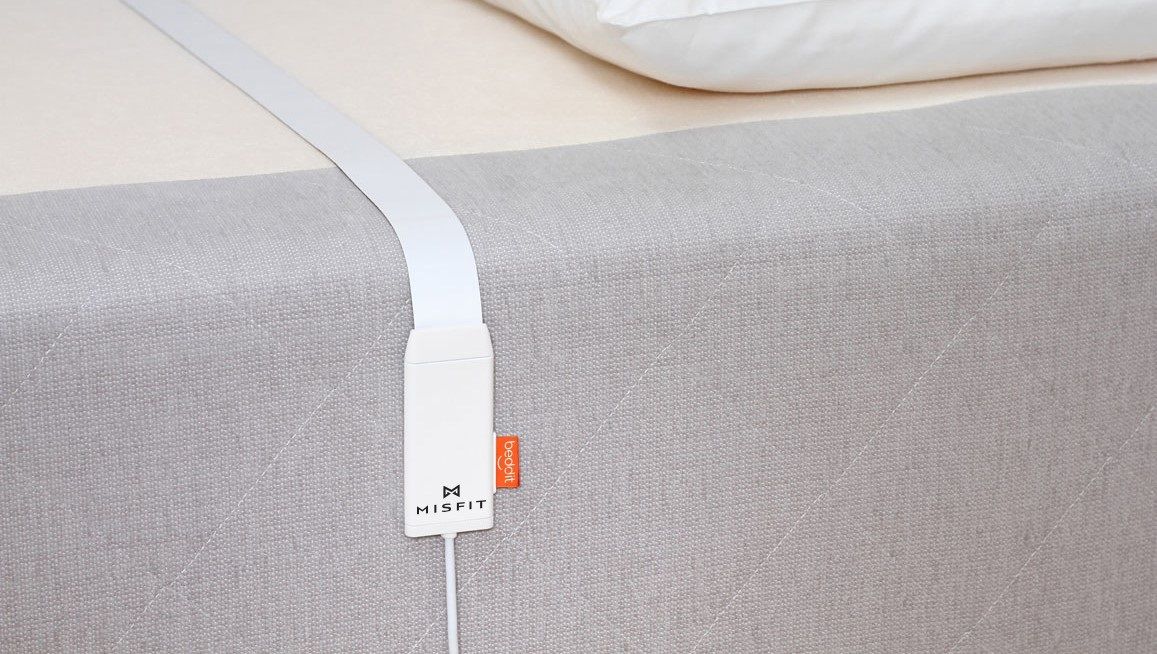
The Bolt isn’t the only smart bulb to do more than light up a million colours, either: the latest round of products can also boost your WiFi signal (Sengled Boost Wifi Bulb, EU49.90), and even play music (Mipow Playbulb, £50, $79.99, about AU$107). Well, you didn’t expect your smart lights to just light things, did you?
Keeping your home secure from your phone
One of the biggest ways connected devices can save your bacon is in home security. Cameras like Piper, Canary and Butterfleye can keep an eye on your home when you’re not there using motion detection, and let you monitor the HD feed from anywhere.
Some, like LG’s new Rolling Bot, also let you talk to your pets through the built-in speaker and microphone, and personal robots like Blue Frog’s Buddy can act as sentries while also offering functions like video calling and calendar alerts while you’re at home.
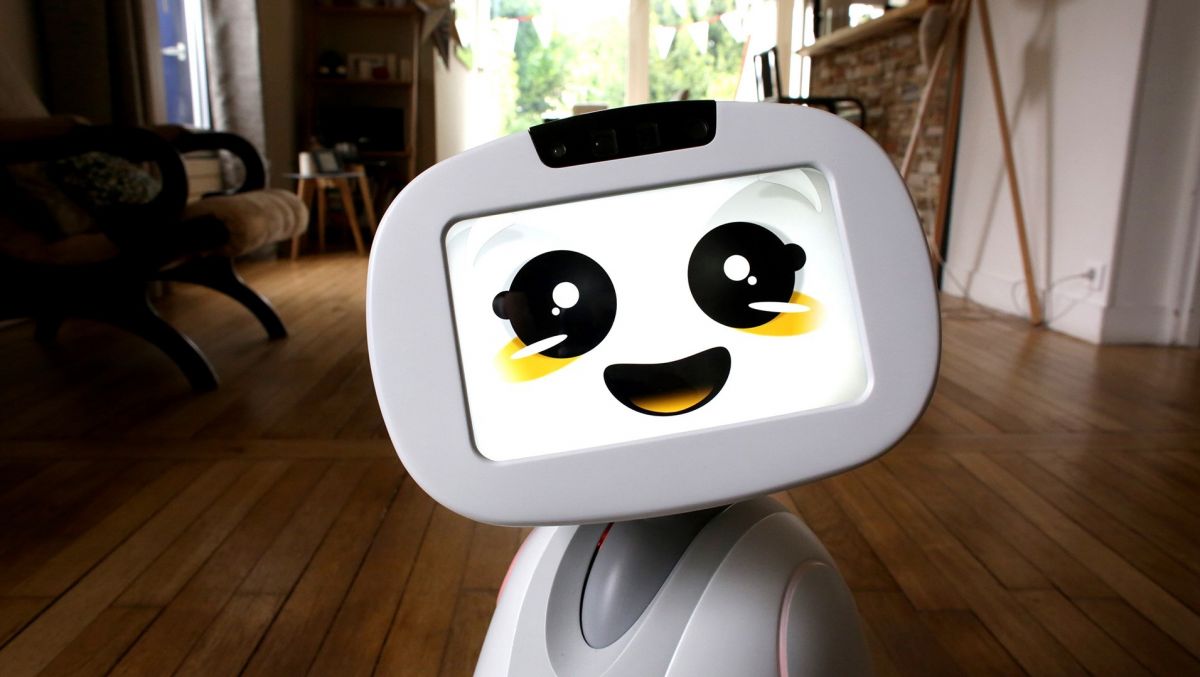
There are downsides to security robots, though: Dr Kevin Curran of the IEEE told techradar “There is always the risk of robots being hacked, so additional measures need to be taken such as implementing extra security authentication – perhaps facial recognition of the owner.
“There is a real risk of privacy invasion, especially in the case of a robot which has complete freedom to roam inside the house, so we have to ensure that the surveillance footage is securely stored.”
Until we have to deal with rogue Robocops in our houses, though, there are less-scary suites for home security and monitoring available, including Samsung’s SmartThings and Panasonic’s Smart Home ranges.
Interestingly, Panasonic worked with insurance provider Aviva on its version, which includes window and motion sensors, indoor and outdoor cameras and an alarm. This partnership hints at potential home insurance savings in the future for people who have well-monitored smart homes.
So that’s burglars covered – but what about the humble home fire alarm? You don’t need to replace the whole system to make it smart: just install the Roost smart battery.
This WiFI-enabled 9V battery hooks your alarm up to the cloud so it can tell your phone when your fire alarm’s blaring and you’re not there.
At worst, it’ll avoid annoying your neighbours, and at best it might just stop your home burning down. Not bad for $34.99 (about £25, AU$47).
The smart home of the future
While it might seem like there are already more connected home products than we could possibly keep up with, the truth is the market is still pretty fragmented.
In the future, we’re looking forward to products from disparate manufacturers working together harmoniously. In fact, it’s looking a lot like the future of smart homes isn’t just appliances talking to you, but talking to each other.
Your washing machine letting the dishwasher know it’ll be using the hot water for a while, your fridge asking your Amazon Tap to order some more mango juice, your cooker letting the extractor fan know it’s burnt the chicken and might need some help with ventilation.
Nothing’s perfect, after all.
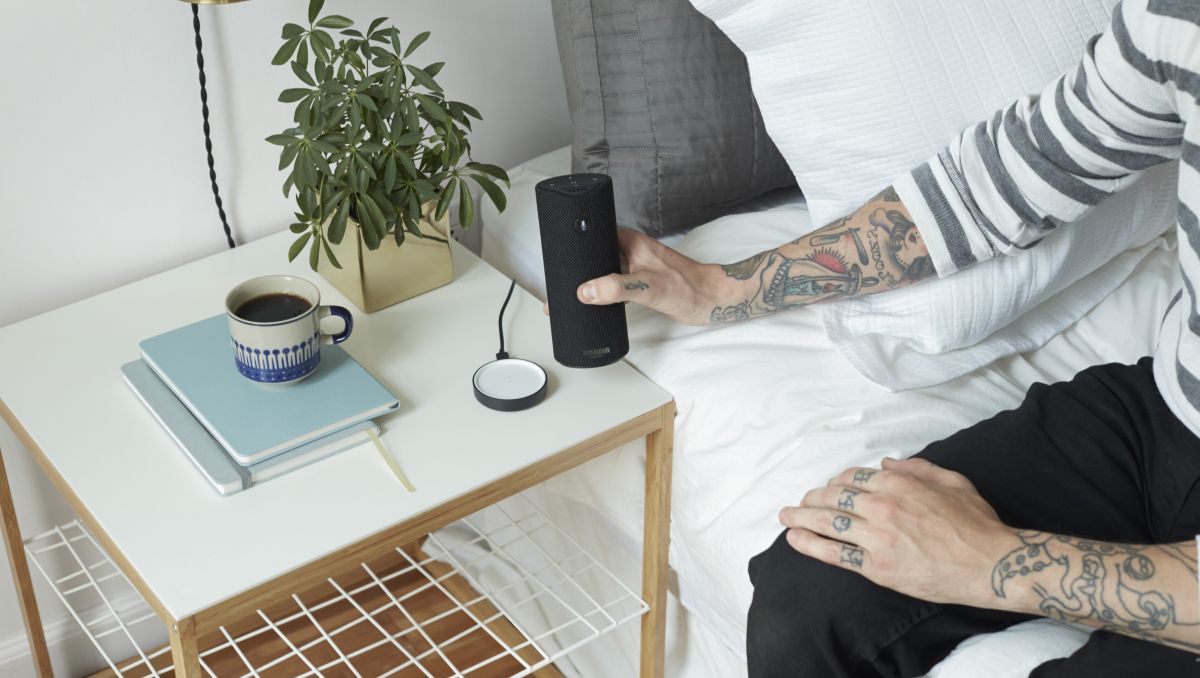
In smart home utopia, rooms automatically conform to your personal preferences, bills are as low as they can possibly be, and you never run out of snacks. Everything just works, with or without your input.
And if that all gets a little claustrophobic, well, you can always head out and leave the robots to it. Did you hear Tesla’s just invented a way to summon your car from your smartphone?
Source: techradar.com








































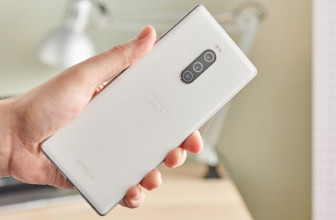
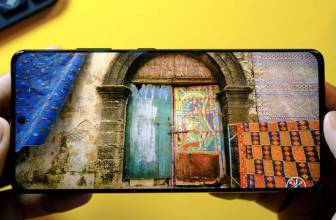
Just to ensure you never get a break from your phone
Not going to happen unless the devices become significantly cheaper. That won't be happening soon.